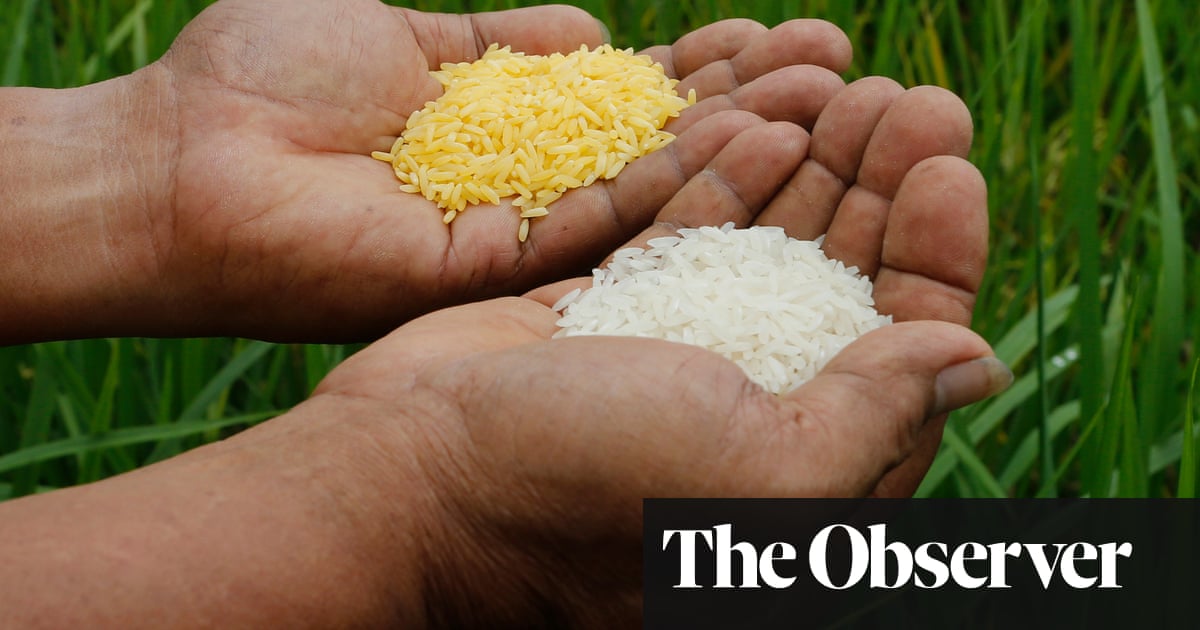- cross-posted to:
- [email protected]
- [email protected]
- cross-posted to:
- [email protected]
- [email protected]
This is an automated archive made by the Lemmit Bot.
The original was posted on /r/worldnews by /u/fungussa on 2024-05-25 17:22:27+00:00.
They inserted genes into the DNA of normal rice to create a variant that could make beta-carotene, a rich orange-coloured pigment that is also a key precursor chemical used by the body to make vitamin A.
I’m guessing they chose rice not only because it is widely eaten throughout the world but also because it is eaten in large quantities. Plants are not a good source of vitamin A because, as the article mentions, they actually only contain a precursor called beta-carotene, which the body then needs to convert to vitamin A. Vitamin A from animal sources is absorbed far more efficiently as a result. If I recall correctly from my previous reading, animal-based sources are something like 20 times more efficient than plant-based ones, but if it’s in rice, which people eat three times a day, that will make a much bigger impact than a vegetable which is eaten more sporadically.
(I had to learn about this because I have mysteriously high vitamin A, which is also dangerous, so I need to avoid it. My doctors say, and my research agrees, that I only need to avoid animal sources of it because plant-based sources don’t contribute much vitamin A at all.)
Anyway, banning this is clearly more of the generic anti-GMO fearmongering nonsense. This rice is a boon to people who cannot get adequate levels of vitamin A through meat-based sources.
This is the best summary I could come up with:
The Philippines had become the first country – in 2021 – to approve the commercial cultivation of golden rice, which was developed to combat vitamin-A deficiency, a major cause of disability and death among children in many parts of the world.
“The court’s decision is a catastrophe,” said Professor Matin Qaim, of Bonn University, and a member of the Golden Rice Humanitarian Board, which promotes the introduction of the crop.
As a solution, Peter Beyer, professor of cell biology at Freiburg University in Germany, and Ingo Potrykus of the Institute of Plant Sciences in Switzerland, began work in the 1990s using the new technology of genetic manipulation.
They’re rightly concerned that if their organic or heirloom varieties get mixed up with patented, genetically engineered rice, that could sabotage their certifications, reducing their market appeal and ultimately threatening their livelihoods.”
Pelegrina added that relying on a single-crop system to alleviate malnutrition reduced resilience and increased vulnerability to climate impacts – a serious problem in one of the world’s most climate-vulnerable countries.
There are also more practical, tried-and-tested solutions to tackle vitamin-A deficiency such as food supplementation programmes and supporting people to grow a range of crops including those rich in vitamin A, she claimed.
The original article contains 833 words, the summary contains 203 words. Saved 76%. I’m a bot and I’m open source!


